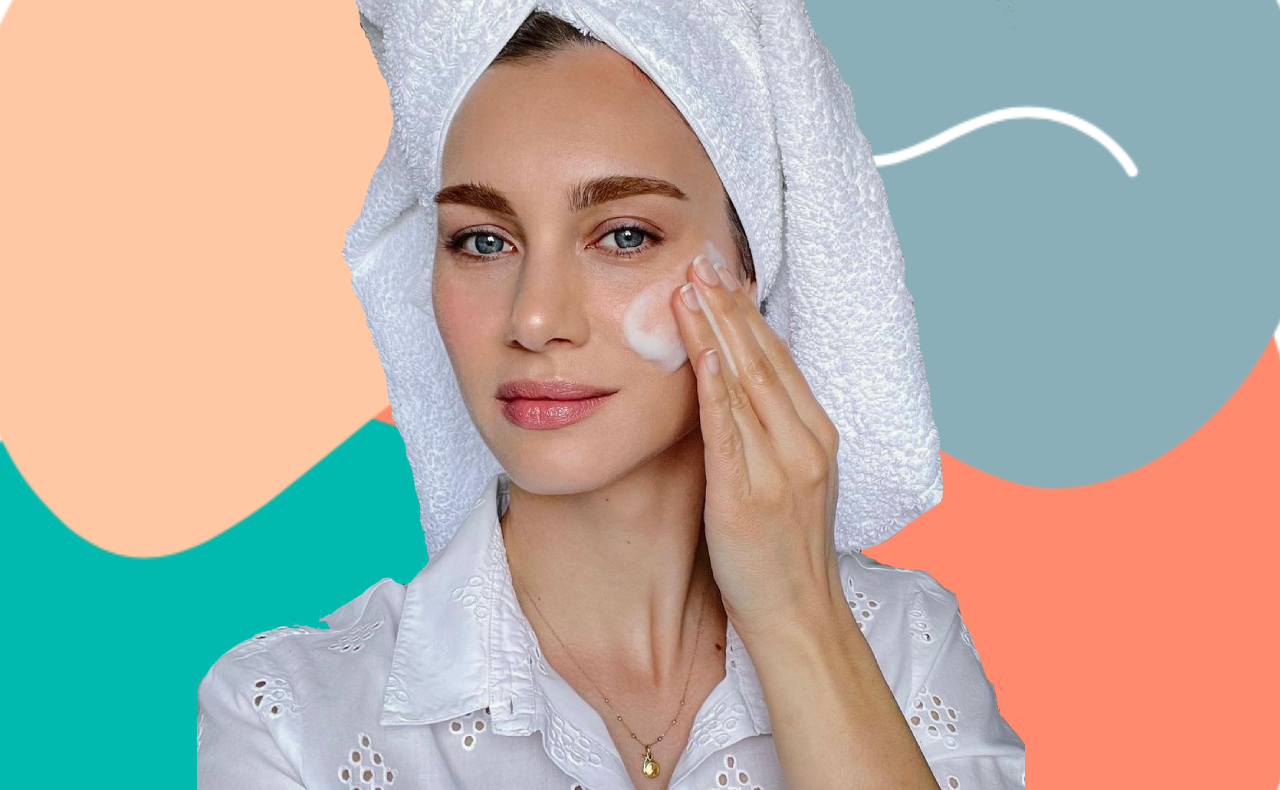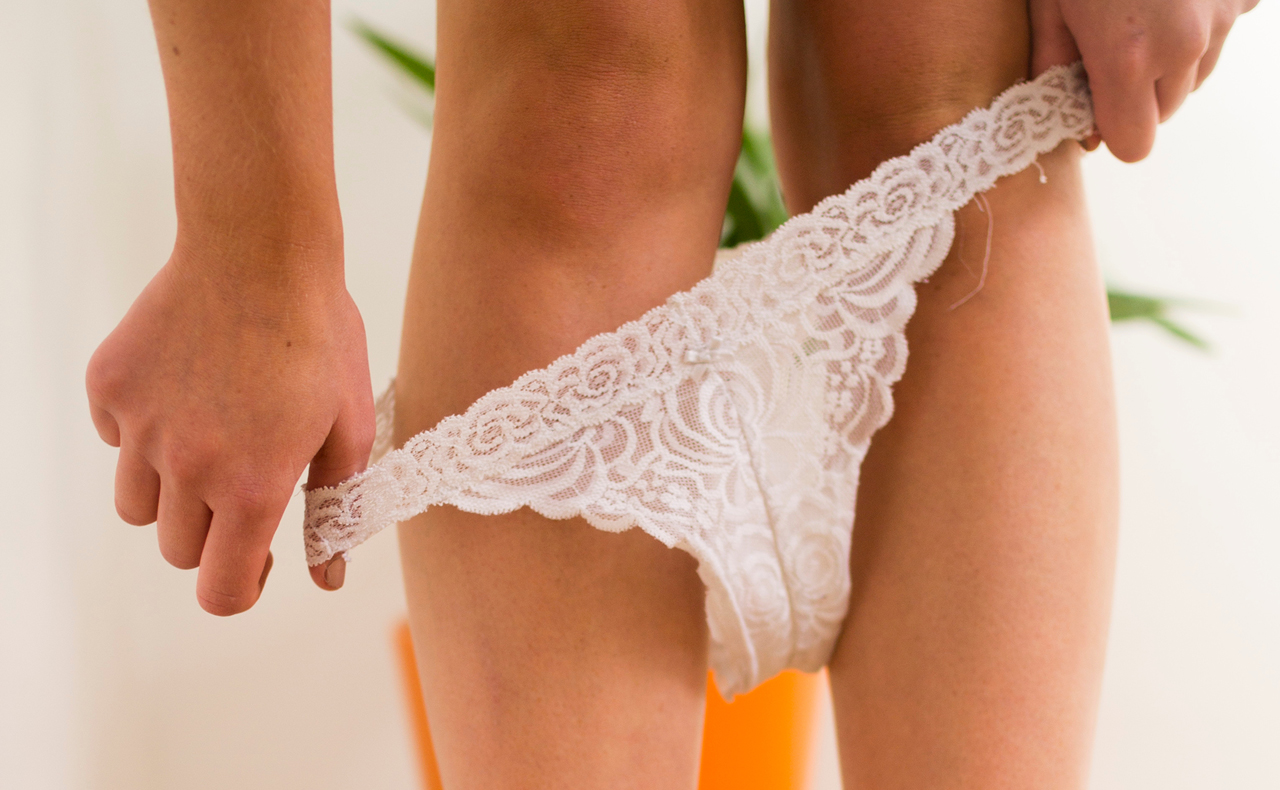Now that the weather has warmed up, sun protection is a top priority! As a beauty editor, I often hear women say that they don’t apply a separate sunscreen everyday because they don’t like the way it feels on their skin – it’s too greasy, or it causes breakouts on sensitive skin.
But with so many different types and formulations to choose from – including facial sunscreen for sensitive skin – there are no excuses for not wearing sun protection every single day! To help make it a little easier to find The One, we spoke to medical manager at La Roche-Posay, Jenifer Nguy, to put together a checklist for how to choose a sunscreen. Here’s what to look for…
1. A formulation that’s specifically designed for the face
Considering the skin on your face is much thinner and more delicate than the rest of your body, it needs to be treated differently. “It’s actually one of the most vulnerable areas of your body, as it’s largely uncovered, and it’s where you see the first signs of ageing,” explains Jenifer. “So it’s best to use a dedicated facial sunscreen as they’re specially formulated to protect the delicate skin on your face from the signs of sun-induced ageing and pigmentation.”
Sunscreen that’s not made for the face is often thicker in texture and harder to apply. It may also create a white mask effect that looks terrible under foundation. The solution? Make specially formulated facial options your go-to. They’re usually lighter in texture, so they’re great for wearing under makeup and absorb into skin quickly and easily.
That’s why at bh, we’re loving the new La Roche-Posay ANTHELIOS XL Ultra-light SPF 50+. This product is formulated by La Roche-Posay for even the most sensitive skin. The texture is super light so it glides over the skin easily. We put it to the test and compared it against a different sunscreen for the body, to show the difference in how it looks on the face. As you can see, the La Roche-Posay ANTHELIOS XL Ultra-light SPF 50+ absorbs easily into the skin, while the body sunscreen sat on top of the skin and left behind a white residue.

2. A non-comedogenic formula
Don’t want to risk a breakout? That’s another great reason to avoid using body sunscreens on the face! They can contain comedogenic ingredients that can block pores and cause pimples. Facial sunscreens are formulated with non-comedogenic ingredients that shouldn’t cause pesky pimple breakouts. We put the La Roche-Posay ANTHELIOS XL Ultra-light SPF 50+ to the oil test by comparing it to another body sunscreen. You can see the La Roche-Posay version is well absorbed with no shine, while the body sunscreen appeared greasy and shiny on the skin.

3. A sunscreen that offers broad-spectrum SPF protection
There are two types of UV rays that can cause damage to your skin: UVA and UVB. According to the World Health Organisation, while both UVA and UVB can cause skin cancer, UVA can also bring on premature signs of ageing. UVA penetrates deep enough to break down collagen in the skin, which leads to the development of deeper wrinkles over time. The good news: A broad-spectrum SPF sunscreen can help protect your skin against both types of UV rays.

Do you use a sunscreen specially formulated for the face? Do you apply sunscreen to your face every day?





I agree about LaRoche Posay started using it at the recommendation of my dermatologist